John L. Sullivan was a bombardier and navigator for the 93rd Bombardment Group during World War II. The first B24 unit to arrive in England, the 93rd was based at Hardwick Aerodrome 104. The most decorated, most traveled, and most effective bomb group in the 8th Air Force, the 93rd completed 396 missions. On D-Day, as part of “Operation Overlord”, they carried out 94 missions. After D-Day, the 93rd carried out relief work air-dropping supplies to the troops. In July 1943, the group was on the cover of Life magazine. The 93rd also suffered some of the greatest losses by a bomb group when in August of 1943 during the “Tidal Wave” mission which involved flying to Ploesti, Romania from Africa to bomb out oil fields, plans went awry. 178 planes went out. 88 never returned. 446 men were killed.
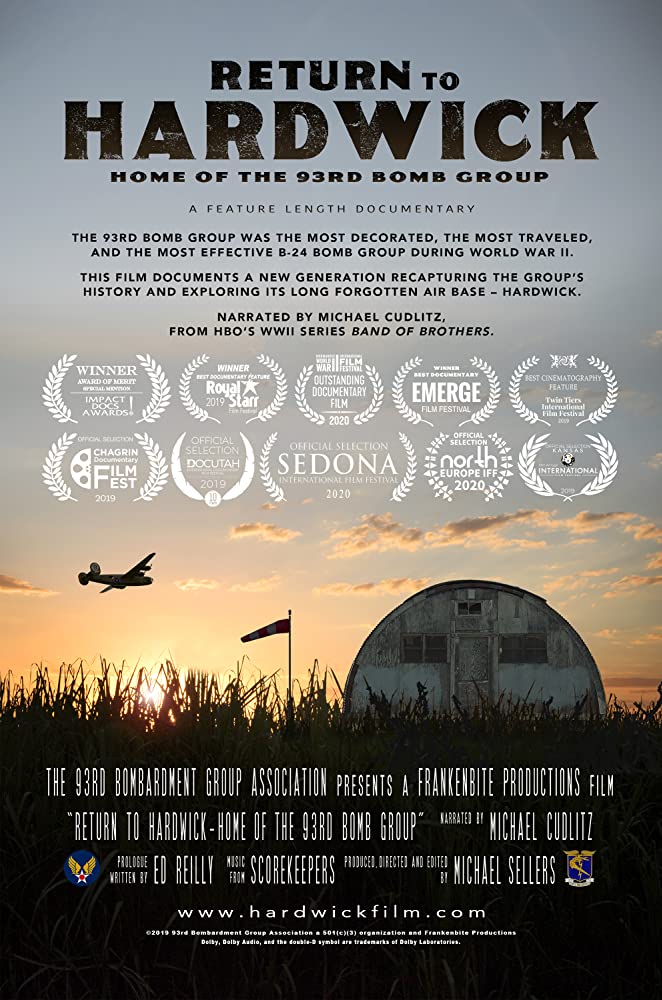
Today, Hardwick is long abandoned. There are green fields surrounding empty overgrown runways. Many of the buildings still stand, rusted out, broken down with crumbling concrete while others have nothing left but a concrete base where a doorway to a quonset hut once stood. But the 93rd is not forgotten. There is a reunion group of veterans and their families, second and third generations, who gather each year and share memories, photos, scrapbooks, not only as a catharsis for themselves but as a means of passing the torch to future generations so that not only is the sacrifice and bravery of the men and women of the 93rd not forgotten, but that the reasons for that sacrifice, for their dedication to their country and to democracy is not forgotten.
Filmmaker MICHAEL SELLERS is a third-generation member of the Hardwick 93rd Historical Group. He is the grandson of John L. Sullivan. Long hearing about his grandfather’s time and exploits in the 93rd, Sellers and his family eventually went to Hardwick for the annual Hardwick reunion of veterans and their families. Michael Sellers was hooked; not only being in awe of his grandfather and his grandfather’s brothers in arms, but from a filmmaking standpoint. Their stories needed to be documented. Chronicling the 2015 reunion at Hardwick, Sellers began his labor of love with the full support of the men and women of the 93rd. That labor of love started as merely documenting history for the group and for sons and daughters and grandchildren to look at it in the future. But it didn’t take long before the idea grew into that of a feature documentary.
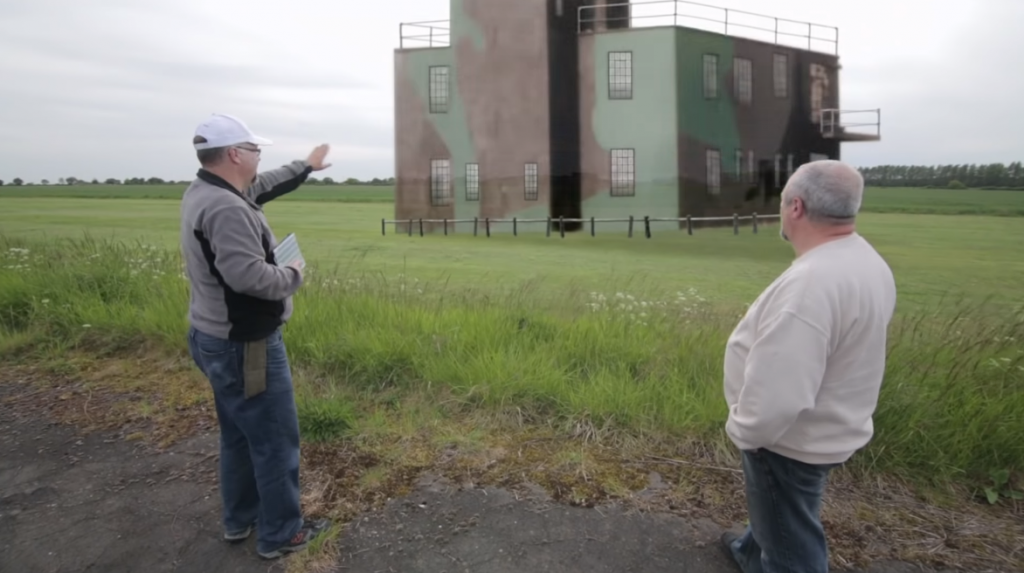
Working on the documentary over the course of almost five years, RETURN TO HARDWICK was born. Completely self-financed by the members of the 93rd Bomb Group, through it all, they had one mandate for Sellers – tell our story, focus on our history. Fortunately, the 93rdnot only has a historian who already has long maintained many records and is instrumental in the annual reunions for next-generation kin, but a museum. But Sellers has met their objectives. He has focused on their history. He has focused on the stories of the 93rd.
Finding a cinematic throughline starts with an entre into the film through three individuals: John Marx, the nephew of pilot Robert Marx who was killed in action on December 19, 1944. Marx learned about his uncle and the crash that took his life from veteran Leland Spencer, after joining the 93rd group and coming to a reunion; Gail Mailloux, the daughter of Helen MacDonald, a professional secretary who enlisted with the Red Cross and was assigned to Hardwick and the 93rd. It was at the 93rd that Helen not only met her husband but married him. And how teary will you get as Gail finds the church where her parents married and with a picture from the wedding, is able to go through the now long-remodeled church and stand where her mother stood. But Gail also has hundreds of letters her mother wrote home, all neatly typed and filled with stories of her day-to-day life on the base; and then there’s George Jung. George’s father died when George was 15 and never spoke about the war or the 93rd, but through the 93rd historical group, George has learned about his father and others. Through each of them, we intersect with history complete with newsreel footage, home movies from the base, photographs, cards, letters, historical military documents, and interviews with many of the men and women who served in the 93rd.
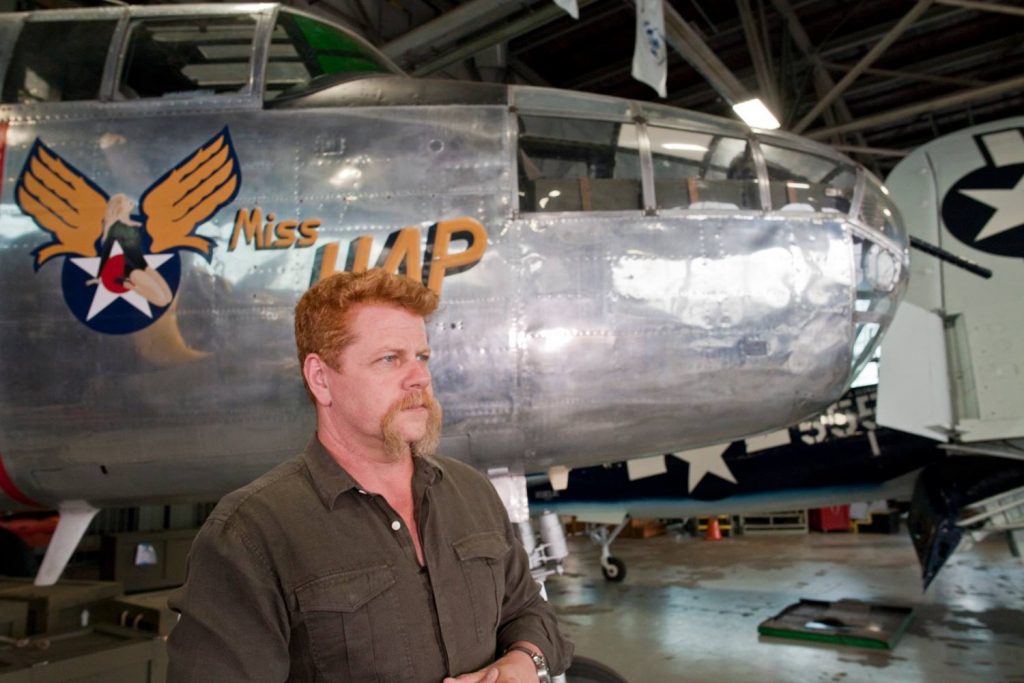
A war story unlike any others we have seen to date, there is a homespun and heartfelt, yet polished, scrapbook styling to RETURN TO HARDWICK that is warm and welcoming. We are being invited into the memories and hearts of these soldiers and are now going along on the journey with their loved ones, keeping the flame alive for these brave men and women. Narrated by Michael Cudlitz, known best for his portrayal of Bull Randelman in Band of Brothers and as Abraham Ford in The Walking Dead, you feel the depth of his conviction and somber gratitude from the getgo, setting the tone for what is to come. The stage is set thanks to a prologue that takes us back in time with a meld of archival footage from 1943 dissolving into present-day and the abandoned airfield. We see bombers in the distance behind a cloud cover while aerial gunfire and B24 engines roar. We hear the reading of a piece written by Ed Reilly, a 93rd veteran, after he visited Hardwick in 1975. And then Sellers takes us to Pearl Harbor. December 7, 1941. Archival footage fills the screen with images we know all too well after these almost 80 years. But that leads us to newsreels of the Grand Central Air Graduates and the 8th Air Force and the 93rd. The 8th Air Force was created to fly over Germany on bombing missions. Buck Schuler, former commander of the 8th talks as do pilots Fernley Smith and William Brown, gunner George McLean, radio operator Leo Bates and Willard Hunzeker, all recalling the excitement generated by the arrival of the 8th Air Force and the 93rd Bomb Squad. America had arrived.
RETURN TO HARDWICK is an important addition to our cinematic history as it preserves a chapter of history important to the world, and to the families of these men and women.
Already a Daytime Emmy Award-nominated editor, MICHAEL SELLERS has shifted his focus to producing and directing with RETURN TO HARDWICK marking his feature directorial debut. As producer/director/writer of the documentary, I spoke with Sellers at length in this exclusive interview about RETURN TO HARDWICK, exploring the making of the film not only as a filmmaker but as John Sullivan’s grandson. Sellers is open and honest. His passion for this project evident. And his desire to preserve the history of these men and women with truth, authenticity, and honor, paramount.
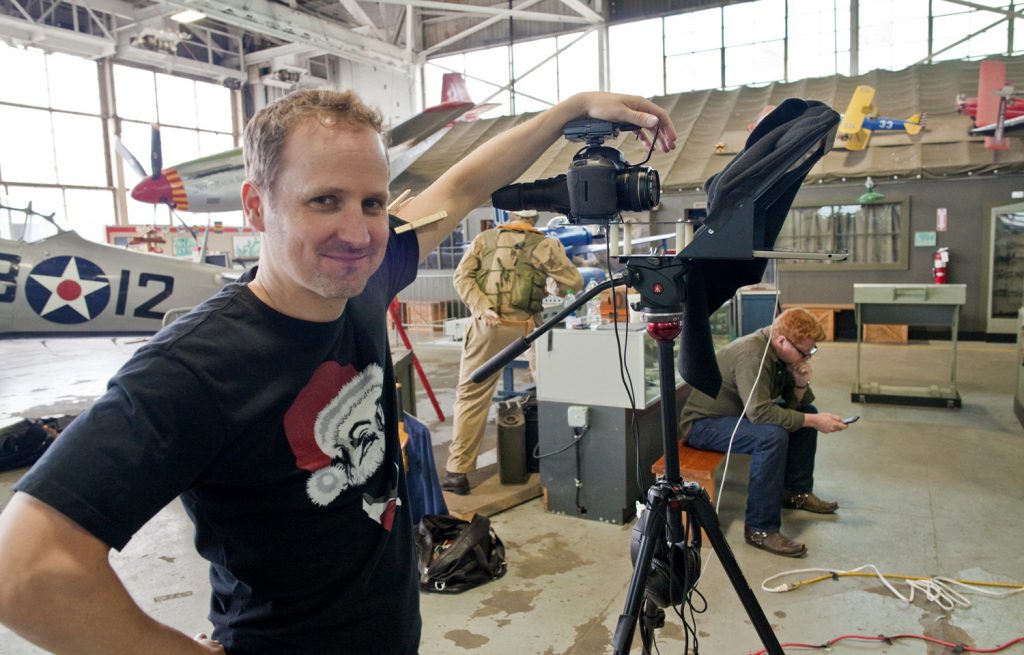
I‘m very happy to be speaking with you about RETURN TO HARDWICK, Michael. You had me in tears. So heartfelt and so wonderful, and such a tribute and education because so many people overlook the sacrifices that our prior generations made. A couple months ago before we all went on lockdown, I saw Military Wives, which is the story of the military wives choir at Norwich. So to see that and be familiar with the Norwich area and then to see your doc and the story of Hardwick, I personally think the two are a perfect one, two punch for people. But this documentary and the story of the 93rd Bomb Group is absolutely amazing. Just amazing.
Oh, my God! Wow! Thank you. That’s so nice. Yeah. Traveling with my grandfather to these reunions when he was alive was an eye-opener to me to be able to go, “What? You did what?” In every reunion, I would just learn something new and fascinating. This is when real life kind of hits you. You’re like, “What did I do when I was in my teens and 20s?” These guys? Well, they did it a lot.
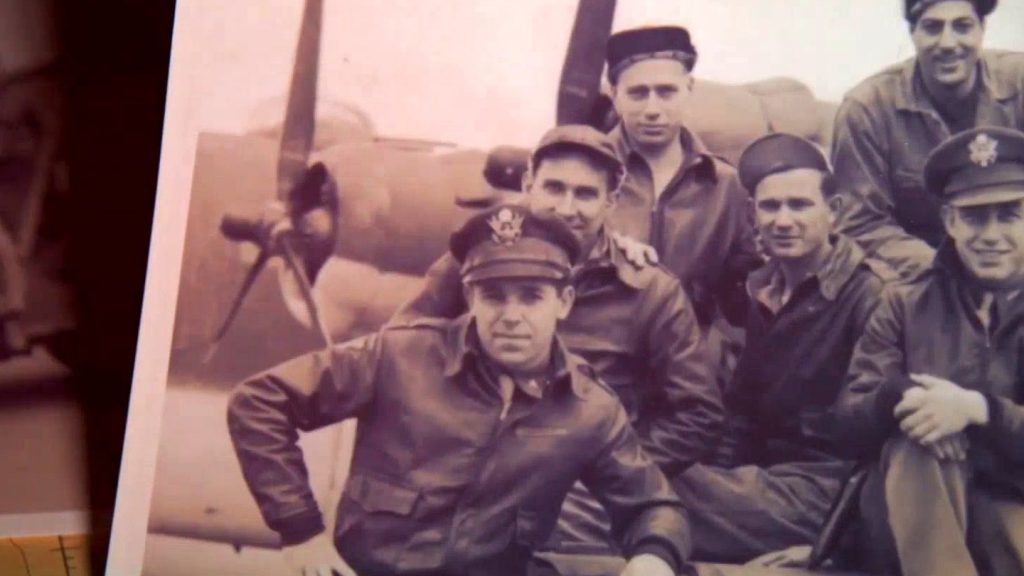
Well, you did something very important here, Michael, and you managed to capture interviews and remembrances of so many of these men while they were still alive. And there is so little of that, and so little of that history, and right now, we could use more of that history. If people paid attention to history, there might be more civility and they might have a better perspective today, especially the millennials. I firmly believe that. I always have. But when you listen to what these men say, and when they talk about being 18 years old and they’re piloting a bomber. A bomber is a behemoth thing.
Yeah, it is. You’re specifically talking about Fernley Smith there. Fernley, he passed away a few years ago as well, unfortunately, but he sort of ran the association for, I guess, a good 10 years or something. Different people always took over, but he’s the one that talked about how he lied about his age, basically, and got into the military and then became a pilot and was flying to Berlin. So, yeah, it’s fascinating if you think about it, of how these guys actually did that.
I love Fernley and his story. My maternal grandfather lied about his age for World War I to get to go into the Army. But you saw so much of that back in those days.
Right. We did, especially around that time, because the war was going on. The US was stepping back a little bit. They were getting out of the Great Depression and they didn’t want to get involved with another war. But when Pearl Harbor happened, obviously we know that people stepped up. And that’s the phrase, “step up” They did do that. Even my grandfather felt like, “Well, that’s just what you do, you go down, and you apply. And if you were able to get in and that military takes you, then you go on that path.”
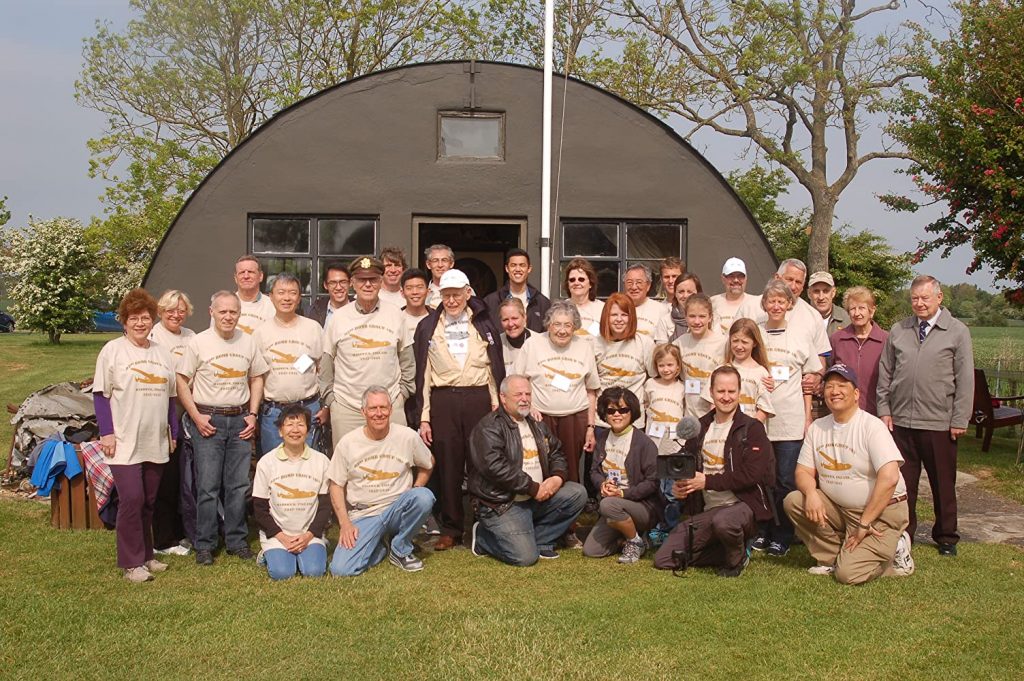
I know you’re a third-generation associated with the 93rd Bomb Group, because of your grandfather, so you were familiar with the group, with reunions. But I’m curious how this whole idea of turning their story into a documentary happened. I know that there are these trips that go to Hardwick and, of course, obviously you being a filmmaker, you’re going to want to document it. But how did it come together; especially since you have all of these incredible archival materials that are part of the 93rd and the 8th Air Force division, as well as newsreel footage. So I’m curious how you then decided, “I’m going to take it a step further and make it a documentary.” And then come up with that through-line.
I have mentioned my grandfather, so that was the start. He asked me if I was interested to go to a reunion back in 2001. And I said, “Sure.” He was going to help pay the trip with my mom, my dad, and my aunt and uncle, and we had a whole group going. This was technically known as the 2nd Air Division reunion that I went to. 2nd Air Division basically housed all the B-24 bombers in the 8th Air Force, and he was under that. The 93rd was a B-24 bomber group. So I went, and there were about close to 2,000 people there. It was a lot of people, a lot of veterans, and it was in Norwich. And that week was just a full-on week of exploring and finding out about what is going on. Now, I could tell you that my brother, who is close to me and to the family and obviously to my grandfather when he was alive, does not have that same experience. But for me, there was something eye-opening during that trip of seeing it in front of your face. And the one thing that we did do is we eventually went out to Hardwick, to the base that he was actually walking on back in the ’40s. So that got me hooked right away. Then I started going to the other local reunions in the United States. We have a historian. We have obviously a second-generation president, a treasurer, and all these people who help run this organization now that the veterans used to do back in the ’70s and ’80s. So you start to get involved. If you’re kind of that person that likes history, here’s a group, they meet every year. You’re just going to get involved. It’s just easy to do that. But with a historian, he’s got films, he’s got photos. These other veterans are bringing stuff to reunions, unique stuff too, to the 93rd. I wish I had the time for the film, but I could have put a lower third or little text at the bottom saying, “This belongs to the 93rd. It doesn’t belong to anybody else.” We have a lot of items like that in the film as well, but that would get a little tacky if we started stamping everything there. But a lot of that stuff is unique. And specifically to some of the stuff that I was personally involved with, with transferring, with someone that had film in an old chest and a nephew discovered it years and years later, and we helped him transfer that film. As a filmmaker, that started getting me interested and I thought, people want to do something. They need to do a project. It’s a nonprofit organization. They need to stay viable, and this was a natural step to maybe, basically put something in the archive for the group and say, “Oh, well, we have a film, and here’s the film we produced.” So that was the initial idea.
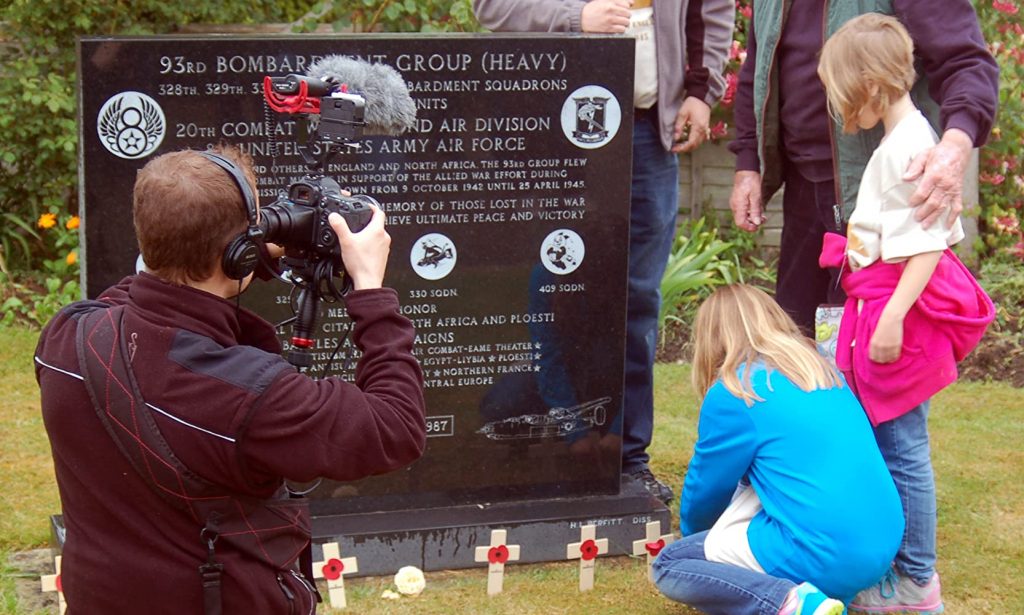
But the other thing was, yeah, I’m interested, but if they really want to do this like they’re talking, it’s going to take some money. And it’s just a fact today that, that’s going to happen. There is no other way. You want to make it look good. You want to make it sound good. You want to get your shots. We’re talking about a place that’s in another country that we have to go to because we’re stationed over here in the US. So, to do all that was going to take some effort. And I was down for the creative part. I was down for trying to meld the history. The history was a mandate from the group. They said, “You have to stick to our history. We want something to document what we’ve done in the war.” I said, “Okay.” But my side of it was the second and third generation members that went on that trip. And I said, “That would be neat to meld that together in a way that hopefully, it would be engaging.” And the film is really designed for people interested in the history. I really want to pinpoint the people that are interested in the history. So to someone who is sort of artsy and sort of looking for something that’s really mind-blowing and deep, I’m not doing that sort of film. This is a, in your face, here’s the history, but here’s some side stories that people that know these veterans, and go on their sort of story and see where that takes you in the film.
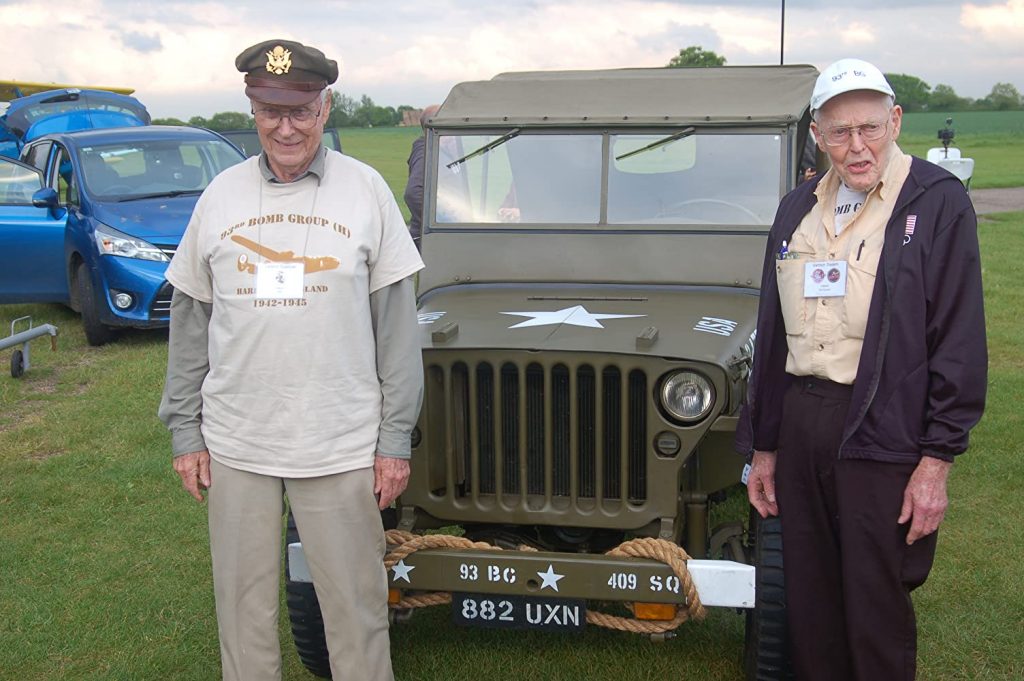
I love what you did bringing in the second generation members and honing this in with the stories from John Marx, George Jung and Gail Mailloux. How did you narrow it down to the three of them? Because they are the real entree for today’s audience.
I’ll tell you, it was not easy. I knew John Marx the longest. He has always been at the reunions. He’s been the president of the group as a second-generation member, sot was natural for me to include John. He seems sort of a patriarch of the group, someone that we respect and follow. And again, he’s there every single year, so that was kind of a given. And it’s also about … I had to convince the group, and I had to convince a lot of people that we were going to go in this direction because I had some pushback of, “Well, what are we going to tell? What story we’re going to tell? Oh, you’re going to include this trip now, and the second? How’s that going to meld in?” So I had to kind of prove myself a little bit in this is where we want to spend our money. And I knew John Marx would be a good pick because everyone loves John Marx. He’s a great guy and runs the group really well. I met Gail on that trip in 2015. I didn’t really know Gail that well at that time, but I started to get to know her on the trip, and she talked about these letters that her mother has and that the marriage happened on the base. And I was like, “Whoa, this is first of all, interesting, but I think there’s something rich here that we could put in the film.” So she was a big contender. And she lived in Missouri where my parents live, so it was easy for me to zip down and do interviews when I needed them. George Jung is a little bit of a lesser story in the movie because I really just wanted to push John and Gail. But George is there is sort of a through-line through the film, someone on the outside, sort of looking at what’s going on. George is fairly new to the group. He came into the reunions a short while ago, but he qualifies. I believe his father was a navigator in the 93rd. And talk about such a sad story of him losing his father at such a young age! So now we’re seeing history through someone who is thinking this could be my father standing next to me going through this process reliving the events? So that hits on a lot of strings. Those three together just felt natural. We have someone new, we have someone that’s been in the group for a while and we have Gail representing the female side of something in a war film where you might’ve thought “it’s going to be a whole bunch of war stuff, planes and machines, and flying around”, but is not. I’m always happy when the part of Gail comes up as I’m like, “Hold on, people. We’ve got another story here to tell you.” That’s really how they came about.
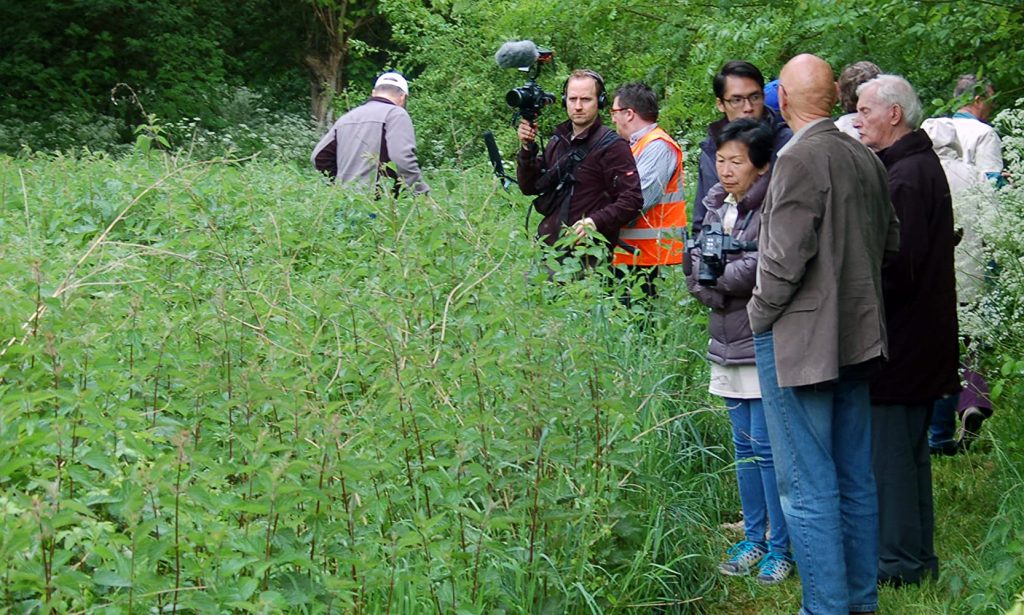
From a filmmaking standpoint, your structure is great. I love what is essentially your prologue before your opening titles start; where you’ve got Ed Riley who wrote that segment. But you incorporate the video, the archival footage and the sound. And then the way you dissolve, taking your aerial footage and dissolve between the then and now, really sets the stage. But your sound design in that opening prologue with the gunfire, the planes in the distance. It’s all vintage. It’s not present-day aircraft that we’re hearing. It’s not modern guns firing. It’s period-perfect. You really put us in that WWII mindset before the film even kicks in. And then you take us right into the black-and-white footage of Pearl Harbor, which everybody can relate to.
They can. And it’s a necessity. You have to set the stage, and that event sets the stage pretty much. But yeah, Ed Riley, I did find out after I started using his piece, it was from a newsletter of the 93rd. He wrote a piece back in, I believe it was in the ’90s at some point, and I just happened to come across it. I was just reading through some stuff, doing some research, found it and thought, “This is perfect.” Then I started thinking about the open and maybe to recreate that a little bit. then it just sort of all came together. I did find out that Ed Riley had passed just months after I started working on this piece. I had started to try to reach out to his family and got a return to sender letter. So I haven’t officially reached out to their family and let them know about this, so that’s something I hope to do at some point. And maybe with the film’s release, it will help that. All the way down to the title of the film, his piece really came back around as we were finishing up, and I thought, “We have the title right here.” In essence, that prologue really just sums up what we were doing in the trip for the film.

How challenging was the editing process with this, Michael? You’re going back and forth with newsreel footage, with Hardwick footage of the day, with the stuff from the 8th, the stuff from the 93rd, plus personal stuff. Then you get John Archer in there with his diary, which I think is one of the coolest things of the film. So what was this editing process like for you?
You can guess yourself. It was difficult. It was long. Ialso had footage of interviews of veterans even before this project was even a thing, basically all the way back in 2008, 2009. I had another camera. Thank, God, it was HD footage that I was shooting at the time. I had just set up in the corner at some of these reunions early on and just started documenting these veterans. And it was for maybe a personal project. We also produced a little internal video early on through the group because I just wanted to let them know that I appreciated them and that I am going to keep going to these reunions. So it was nice to do that, but I went back to that footage and incorporated a lot of that into the actual film because some of these guys were gone. If you talk specifically about the Ploesti mission, that’s in the film; the Ploesti mission was a very early mission. That was ’43, August. You’re talking about some of these guys, even by a few years, that’s old. They’re just older, they’re in their 90s. I went back and started looking at that footage and started thinking, “At least I have some of the men talking about this mission,” because nobody else has these guys on video, at least the 93rd, as a whole. So I was happy to do that and then fast forward into the new footage. You’re just going to marry the two. Then you have archival. Archival is tricky because we had to get permission for every single piece of item that shows up in that in film because we’re going commercial. That was the initial intent. Once we found out people were interested in the film, we had to go back and really look at every single thing. I’ll give you an example of how tough that was. Life magazine is in the film. The 93rd was featured on Life magazine in July of 1943. That is them on that cover. So Life isn’t going to give you that for free. You’ve got to pay for it. We paid for a festival license, and we just paid for a commercial license for that cover. So things like that. That’s one example. But you times that by probably 450 entries that we have in the film, and it gets a little difficult and expensive. That’s why going down that path, and this goes back to your point of actually initiating this project as I was a little hesitant in the beginning because I said, “If we’re going to go full-on with this, we’re going to need some financial backing.” I didn’t know if that meant somebody has a rich uncle, or if these guys are going to keep donating maybe every year at the reunions and we can drum up the interest. And that’s exactly what happened. I have to give it to the group. These guys pulled out their own money to finance this film. That’s almost $100,000 to make this film. So that’s a lot of money for them. And that’s a lot of money for the group. All of our reunions are cut even. Every time we go to reunion, everybody pays for that a little bit and the group comes out at basically zero. We don’t really make anything, but everybody had a good time. So to do that and to make this film into that sort of level, was impressive.
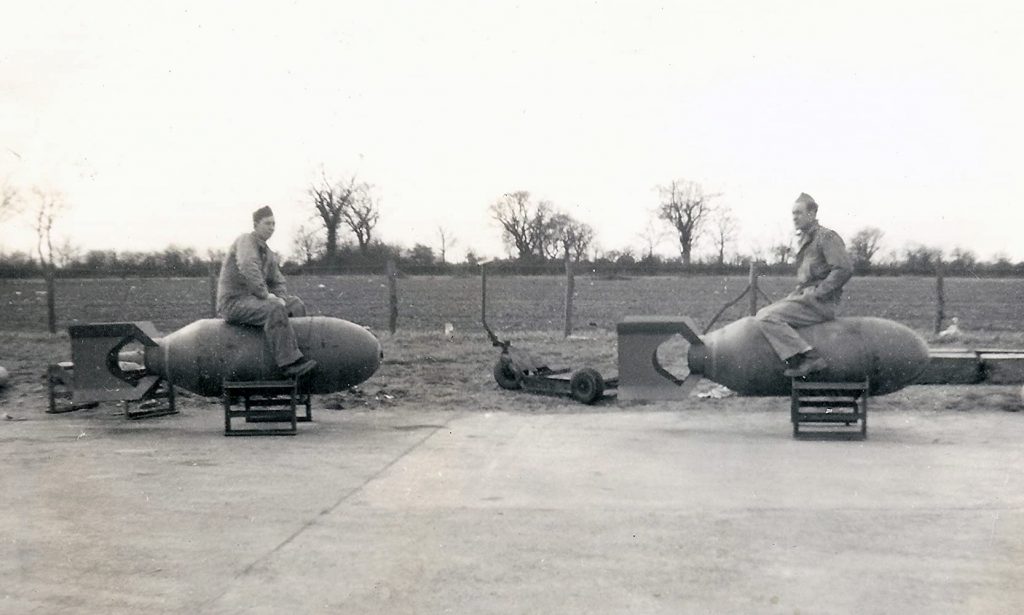
This is actually a fully quote-unquote self-financed film by the group.
All self-financed. There is nothing from outside. There’s no Indiegogo campaign. There’s no Kickstarter campaign. It’s all internal through fundraising in the last four years.
Wow! And we all know social security and military pensions are not that generous.
They’re not. I would try to work hard every single year before a reunion and try to get at least 20 minutes done. And then the next reunion, I’d get like 15, 20, more minutes done. So they could at least see the process and that, yes, we have a film. I didn’t want to just say, “Yeah, yeah, yeah. You’ll see it a couple years. Don’t worry. Don’t worry.” I wanted to give them something. It was also good for me because it gave me a deadline. Every reunion I knew that I had to show them something and they needed to be able to see it. That’s what helped with the financing because they saw the work and said, “This is going to be a film.” They saw the legitimacy of it. They saw that this was actually going to turn into something. So I was super-excited. They would watch it and say, “Yep, we need to give a little more. Let’s get this thing done.” How much better could you have it than to be able to be a part of a group with my relation to it, but also be on the other side and try to help them to get their word out even wider.
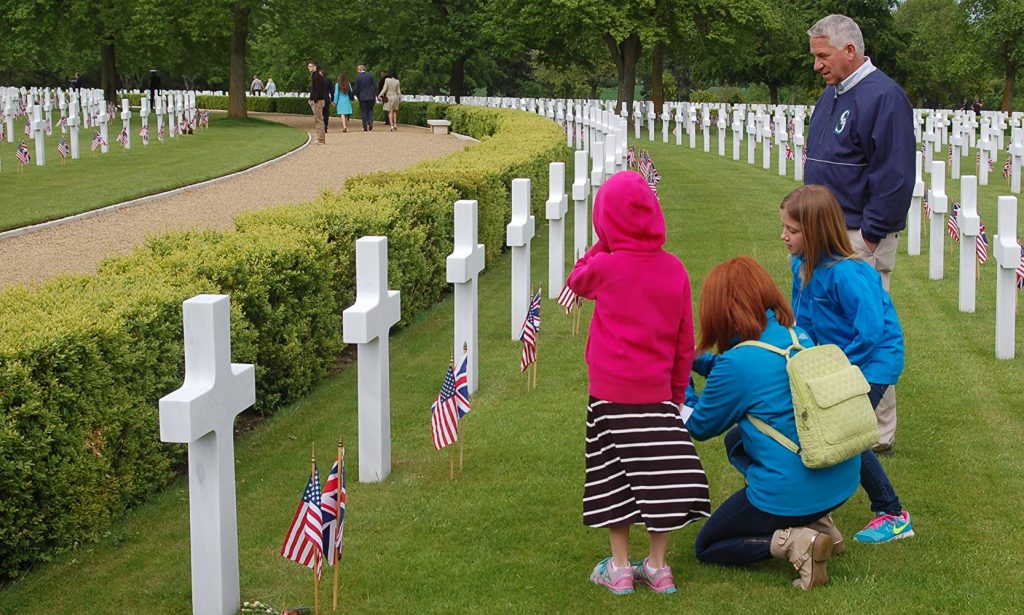
How much of a weight did you feel making this documentary and the responsibility to tell this story right, and also to get it done before too many more of the men passed on?
There was a big weight. In fact, and I don’t want to get too personal here, but this is the reality of it. I had veterans walk up to me and say, “When’s this going to be done?” It took so many years. I’m working a full-time job while I’m doing this. This was not my full-time job. I volunteered for this project. All the money went into the film. I work normally in New York City in production, film and television, with completely other jobs. This film was a side job for me. I would work at nights. I would work on the weekends. And I was working hard and as fast as I could. But there are limitations. You’re waiting on footage. You’re waiting to see if you can pay for footage that you need. So I did have people come up to me and say, “Listen, we need to get this done.” And you talk about weight. That was the weight on top of me, “Yes, I know we need to get done.” I had some assistants helping me here and there through normal work. I would ask them to sort of freelance now and then, but no one’s sitting in the office with me. I’m basically just sitting at the edit machine and with my computer, pulling out this story and trying to piece it together. So when you talk about homegrown and raising the money internally, working on the project solo, that’s what this project was. It did take a while, but I’m happy that it’s out and I’m happy some of those veterans can check it out.
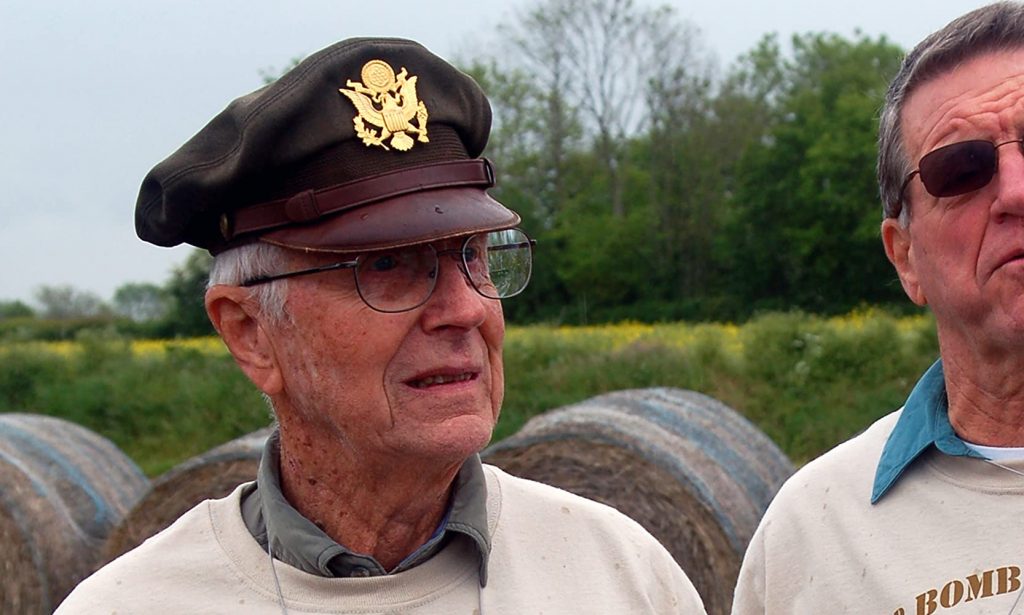
So let me ask you one last question before I let you go, Michael. I’m curious, what did you learn about yourself, be it you personally, or as a filmmaker, in the process of making RETURN TO HARDWICK?
That’s a good question. I will tell you that personally, you have to have an understanding family. I’ll mention my wife and my daughter first, because without them being understanding, it wouldn’t happen. They really gave me that support. And you have to look back on these projects also as a creative project and see where that support is because if you don’t have that support, you’re definitely going to be on your own. And that’s not good. That’s a bad place to be. S o if you really have a strong foundation on your friends and family, to be able to say, “Yes, go ahead, do this. We know you’re working on this. We know you’ll be done at some point, but just try to come out alive.” That’s really where it counts for me. My wife is an editor and she understood a lot of what I was going through, so I did have that going for me. But even if someone’s not in the field, they would at least understand that this is an important thing to do, that the time is now. And that’s what was happening with this project and with the group. Every time I come back from a reunion, I would tell my wife, “Wow, they raised $20,000 more!” And again, that’s a bit of pressure. They trust me to do this. So that’s really what it comes down to, that strong base and that strong understanding from people. It’s that support that they can say, “Yes, just go do this, and it’ll be fine.”
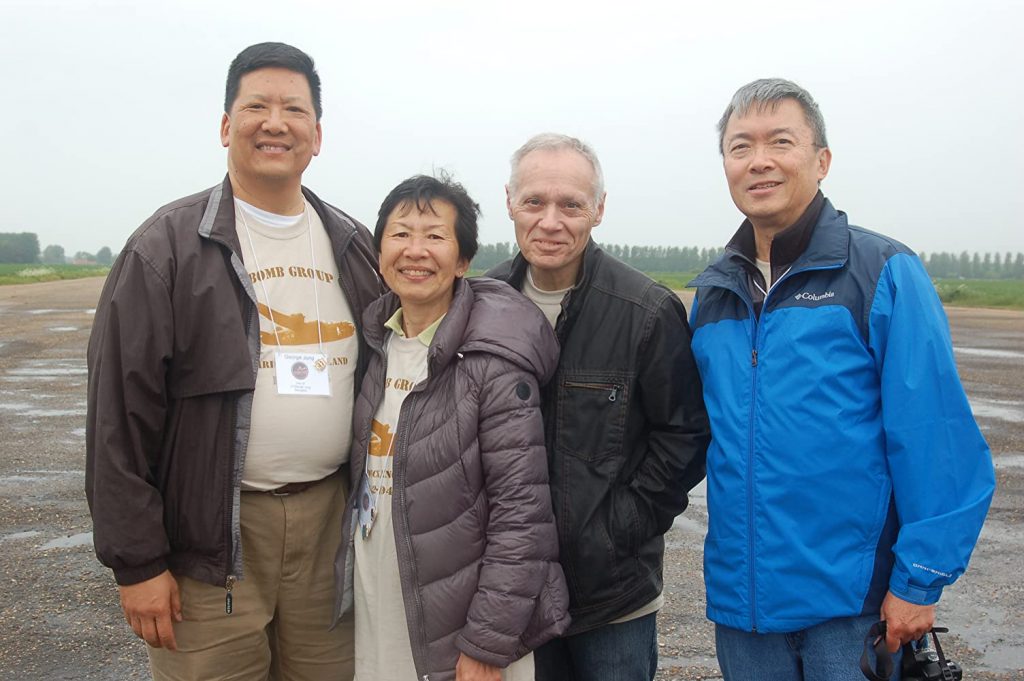
Has the group all seen this finished?
They have. We had a rough cut screening at the last reunion in October of 2019. So they did see the rough cut there. They’ve been a part of this process through the whole thing. They’ve seen all the ins and outs of what a rough cut can be, working on certain stories, working on certain scenes, sound, the sound effects. They’ve never seen a full mixed version, I don’t think. So this time, now that it’s released digitally, it’ll be nice that people can just watch this at home and see this final version. To be honest with you, it’s also about the Facebook and Instagram groups that have come together and supported the film. You can find your groups out there. There are alot of World War II groups which are interested in this kind of stuff. And I really want to thank those guys because that’s really where it happens. A lot of these people may not even go to reunions, but they’re connected to the 93rd in some way. I’ve met them at a lot of screenings. Back in 2019, we did take the rough-cut film on the road, and we’re able to meet these people. Some of them I’ve never seen. They just don’t go to reunions, but they are connected. “My grandfather, my uncle, my dad was in the 93rd.” Those are the people that I’m really interested in because the people that go to the reunions, they’ve kind of given their big checkmark and said, “Yes, let’s move forward with this.” But it’s really interesting to show this to people that have that connection but have not seen it before.
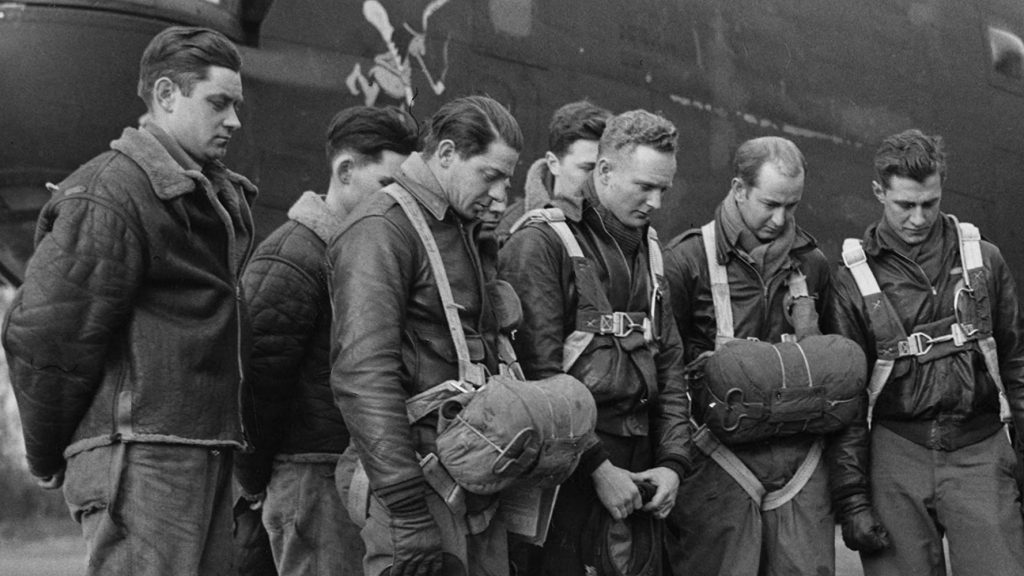
My hope is that some of these other groups and veterans will actually see this and get inspired to try and do more archival work themselves and save this history before it’s totally gone.
Yes. That’s true, because a lot of these photos and film may be sitting somewhere. They may be sitting in some sort of attic somewhere and you didn’t know what it was. You may have thought it was just a bunch of old photos, but seeing this film may spark something. “Those old photos? I remember seeing a bomber in those photos or a plane like that in those photos. Let me go pull those out again.” You never know what you’re going to find. And there’s another part of this, too. With World War II specifically, a lot of men who came back from the war, came back just to go back to work. They wanted to get going and get back to normal. They felt they were lucky that they survived the war and to be able to move on with their life and have a family. So they kind of pushed a lot of that stuff aside. Reunions have allowed people to kind of maybe come out slowly and sort of dip their toe in and go, “You know what? I do have a few things. Maybe I could share … ” A lot of the veterans are in their 80s and 90s now. I know for my grandfather it was therapeutic, just to be able to go to hang out with people that want to talk about that and remember a little bit about it. So it’s good in all ways.
by debbie elias, 06/09/2020 exclusive interview












